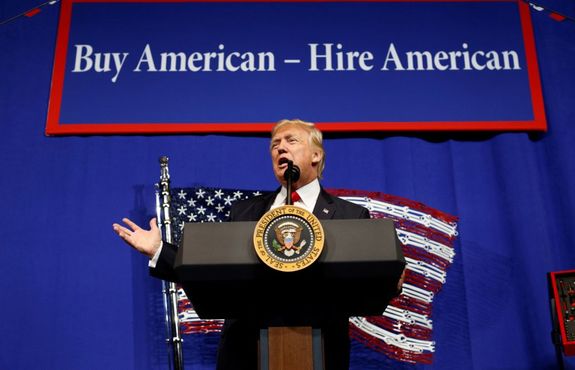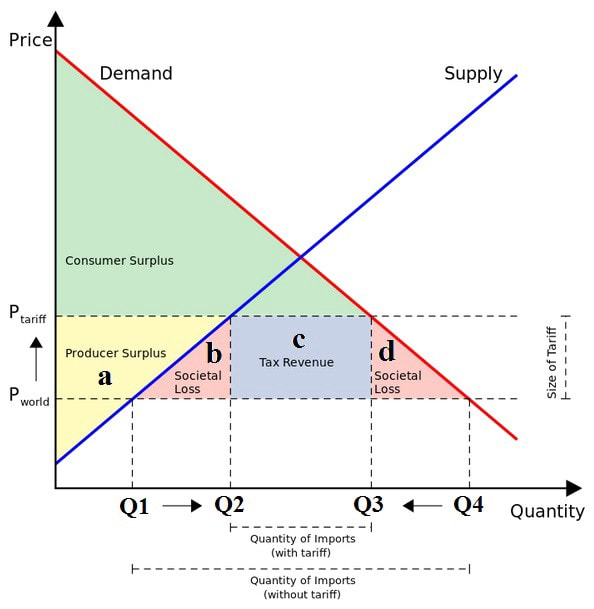3.2 Protectionism
By the end of this unit you should be able to:
- Explain, using a tariff diagram, the effects of imposing a tariff on imported goods on different stakeholders, including domestic producers, foreign producers, consumers, and the government.
- Explain, using a diagram, the effects of setting a quota on foreign producers on different stakeholders, including domestic producers, foreign producers, consumers, and the government.
- Explain, using a diagram, the effects of giving a subsidy to domestic producers on different stakeholders, including domestic producers, foreign producers, consumers, and the government.
- Describe administrative barriers that may be used as a means of protection.
- Evaluate the effect of different types of trade protection
Trump and Protectionism
|
Arguments for:
Protectionism is trying to use restrictions such as tariffs to boost your country's industry, and shield it from foreign competition.
|
Arguments against:
|
Evaluating Protectionism |
Free Trade vs Protectionism |
|
|
|
Implications of a quota |
Implications of a tariff |
Trump vs Milton Friedman on Trade |
The Effect of Trump's Tariffs |


